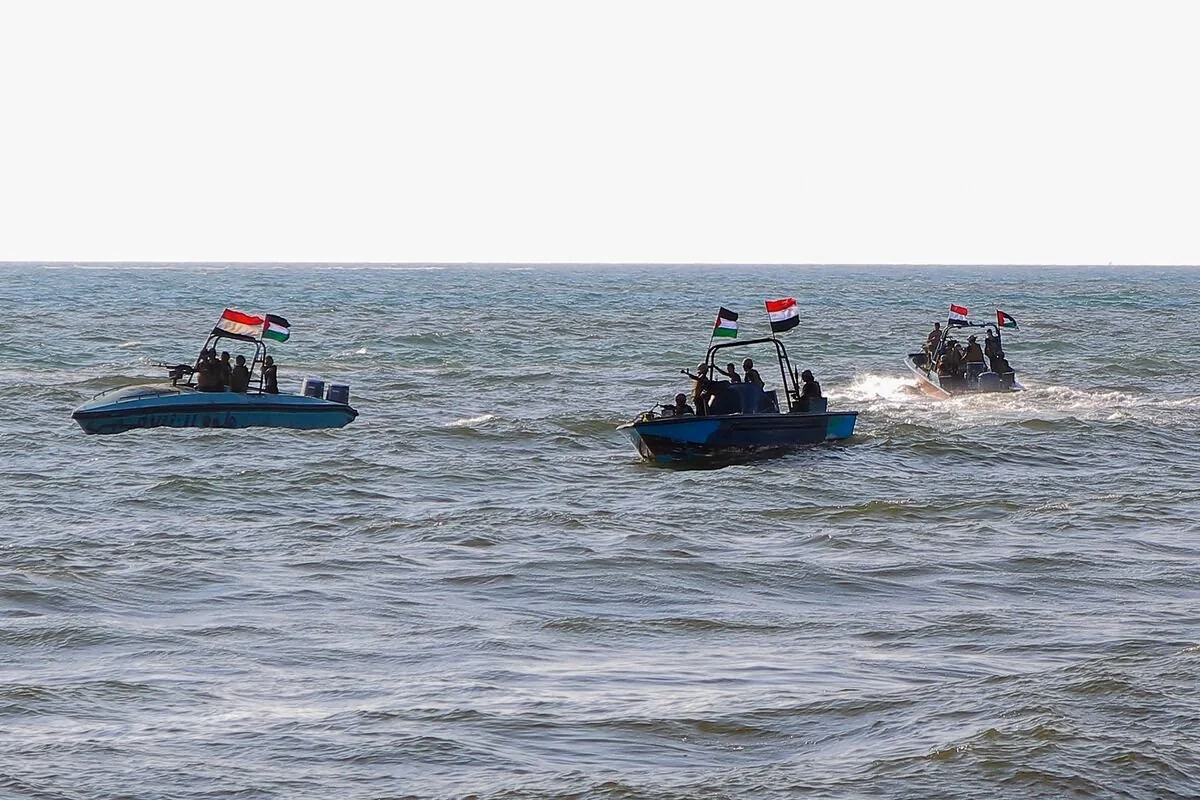In recent weeks, the Red Sea, a critical global trade artery, has become a hotspot of military activity and geopolitical tension. The United States and the United Kingdom have launched airstrikes in Yemen, targeting the Houthi rebels, in response to their attacks on maritime transport in the Red Sea. This escalation marks a significant turn in a conflict that has broader implications for regional stability and global trade.
The Immediate Crisis
The crisis unfolded as Houthi rebels, a Yemen-based group backed by Iran, intensified their maritime attacks, particularly targeting vessels linked to Israel. These actions have disrupted one of the world's busiest shipping lanes, prompting a stern response from Western powers. The US and UK's airstrikes, described as successful by President Joe Biden, targeted Houthi military sites, including logistics centers, air defense systems, and weapon depots. This response, while defensive in nature, signals a new phase in the ongoing conflict in Yemen and the broader Middle East.
Regional Context
The Houthis, who control much of western Yemen, including the capital Sana'a, have been engaged in a protracted conflict with a Saudi-led coalition since 2015. The recent maritime attacks by the Houthis are seen as an extension of their broader regional objectives, including their support for Hamas in the Israel-Gaza conflict. The involvement of Iran in backing the Houthis adds another layer of complexity, bringing into play the longstanding US-Iranian tensions and the delicate balance of power in the Middle East.
Global Implications
The situation in the Red Sea has far-reaching consequences. Economically, the disruption of shipping routes has led to rerouting of vessels, increased shipping costs, and heightened insurance premiums. This rerouting not only affects the global supply chain but also increases CO2 emissions significantly. Politically, the conflict threatens to destabilize an already volatile region. The US and UK's direct military engagement raises the stakes, potentially drawing in other regional players and escalating into a broader conflict.
The Red Sea is a vital conduit for global trade, accounting for a significant portion of the world's maritime commerce. Any prolonged disruption in this region could have ripple effects across the global economy, affecting everything from energy prices to the availability of goods. Moreover, the conflict underscores the fragility of international trade routes and the potential for regional conflicts to have global economic impacts.
Conclusion
The situation in the Red Sea is a stark reminder of the interconnectedness of global politics and trade. As the conflict continues to evolve, the international community must navigate a complex web of regional tensions, economic interests, and environmental concerns. The outcome of this standoff in the Red Sea could shape the geopolitical landscape of the Middle East and impact global trade for years to come.









